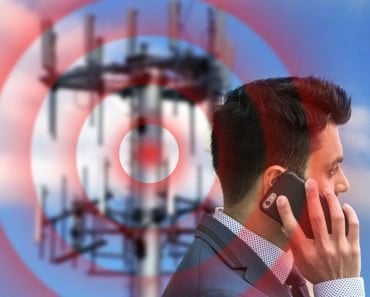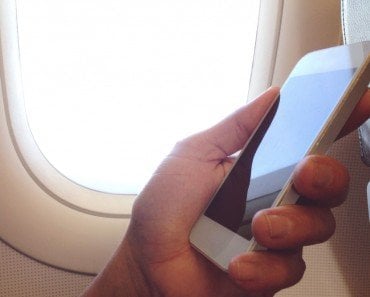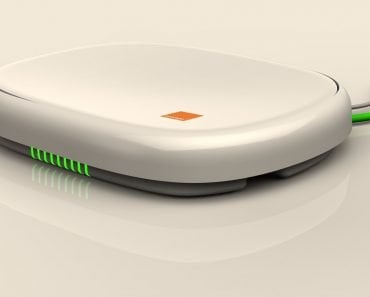Table of Contents (click to expand)
Airplanes use a variety of technologies to connect to the internet. One is called Air-To-Ground (ATG), which uses cell towers on the ground to communicate with the airplane. Another is Ku-band, which uses satellites to communicate with the airplane. The last is Ka-band, which also uses satellites but provides more powerful internet speeds.
The Internet is everywhere. It’s available in offices, malls and subway stations, along with thousands of other locations. It is no longer a luxury, but practically a privilege or birthright for urban households. It is even available at my dentist’s clinic, so instead of skimming through dreary magazines listing corny toaster, or worse, insurance commercials, I can watch, stream, scroll and envy whatever and whomever I want.

The only places where I cannot access the Internet is in my office when I need it the most and at 30,000 feet above the Earth’s surface on an airplane. While the former is my bad luck, the latter has been taken care of. The fear of missing out has impelled even airplanes to provide other than a sack of three peanuts, a Wi-Fi service, which allows you to Snapchat you and the guy sprawling behind you, and watch Ellen excerpts with the creepy neighbor peeking in. But how does Wi-Fi on an airplane work?
Recommended Video for you:
Air-To-Ground (ATG)
The dust-covered, incessantly blinking router at your home or office is connected to the Internet with a direct wired connection. The router then radiates these signals with the help of its antennae. However, airplanes cannot be connected to a wire all the time, so they must connect to an Internet Service Provider (ISP) wirelessly.
One way to achieve this is to enable a wireless connection between the airplane and a cell tower on the ground that is constantly connected to the internet. The cell towers talk to the apparatus on the airplane via radio waves. A grid of uniformly spaced cell towers ensures that a forward-moving airplane connects to the nearest cell tower as it flies above them.
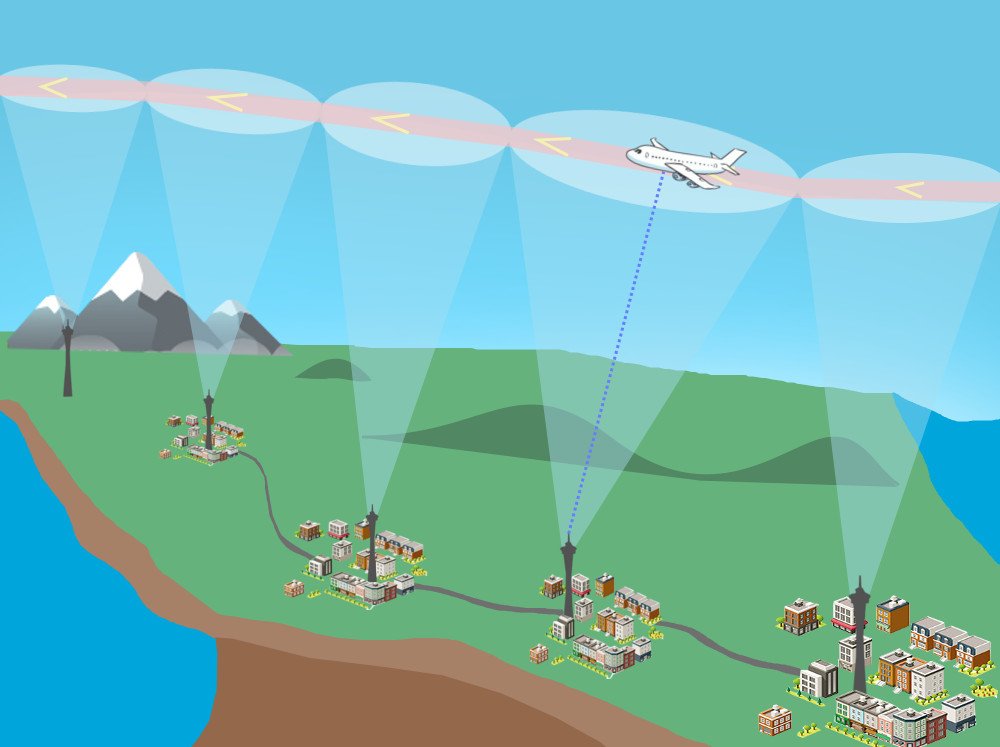
The technology’s function can be thought of as a phone connected to several routers in a large house. As the phone moves throughout the house, it automatically disconnects from routers whose signals weaken as it moves past and away from them, immediately connecting to the next router in its proximity. Due to the communication’s single directionality, the airplane’s antenna is attached to its belly. Gogo Inc., one of the biggest providers of in-flight Internet service, are the foremost proponents of ATG technology.
However, the speeds that this technology can provide are less than moderate — around 3 Mbps. While this might be sufficient for reading e-mails, you and your neighbor might grow indignant when Ellen’s clips start to buffer. Service above oceans, for obvious reasons, is practically non-existent, which is why ATG is primarily implemented on domestic flights.
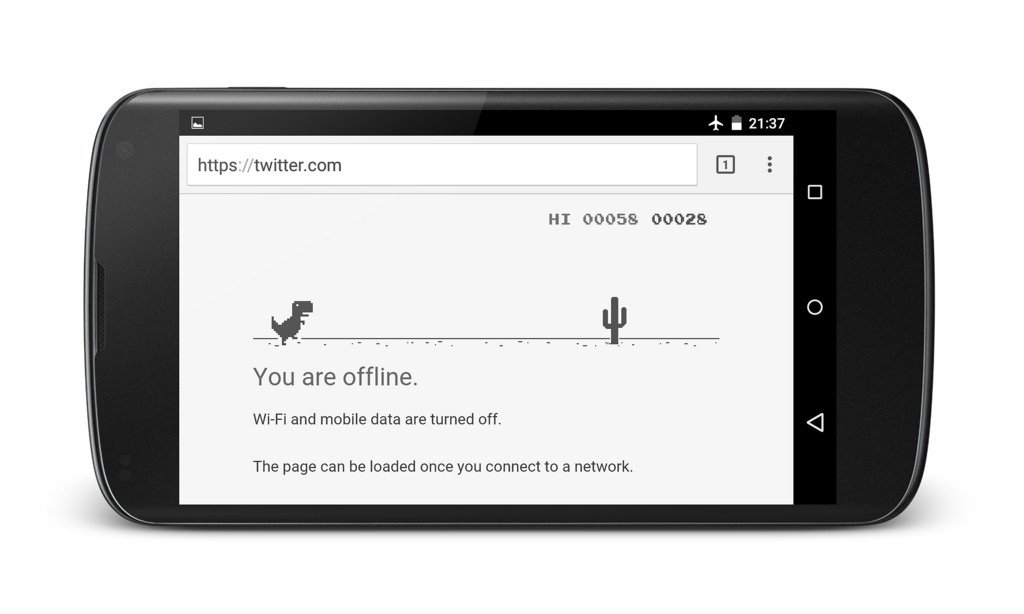
Furthermore, because cell towers cannot be presumptuously planted everywhere, service can decrease above regions with low cell tower density. Even with a suitable cell tower density at its disposal, the plane’s connection is bound to stammer due to technological constraints as airplanes whiz swiftly past the towers.
Ku And Ka-band
The limitations of ATG can be overcome with the help of dedicated satellites hovering above Earth’s atmosphere. These satellites communicate with an airplane via a portion of microwave frequencies called the Ku-band.
The satellite enacts a highly reflective mirror that reflects the incident signals from a cell tower towards the receiver on the airplane. The antenna on the airplane is installed inside a dome-shaped saucer fixed on top of it. Like ATG, its location is chosen based on the communication’s directionality — the antenna faces the satellite above it.
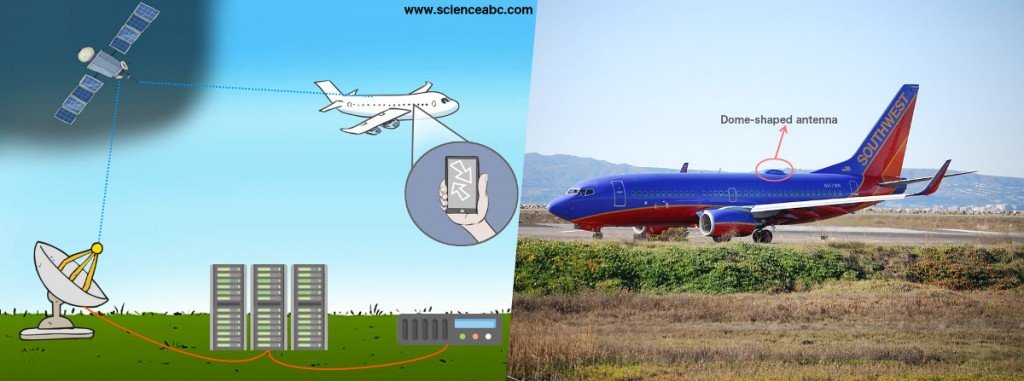
This technology is known to provide remarkable speeds up to 30-40 Mbps, but because a satellite can talk to more than one airplane at the same time, speeds can often diminish. Also, due to the oceans of space between the three islands, surfing the web might suffer from latency, something to which ATG is immune. Still, 30-40 Mbps is sufficient to while your time way on Facebook or YouTube. Live streaming, on the other hand, seems unfeasible.
What can enable live streaming is transitioning to another microwave band called the Ka-band. This Ka-band technology provides the most powerful in-flight Wi-Fi service. It employs a ViaSat1 satellite, which provides superlative reflection. The speeds can be as high as 70-80 Mbps, similar to speeds that one enjoys with a home or office-based Internet connection. However, this technology is awfully expensive and therefore only available to those who can afford it. This would include the Ivy League airline brands, such as JetBlue, Virgin America and Emirates.
Why Doesn’t Every Airline Provide Wi-Fi Service?
Well, one reason is obvious and mentioned above – it can be expensive. In fact, many airlines can’t even afford Ku-band services because the antenna on top of the plane causes drag or hinders its motion. The dome-shaped antennae are thick and heavy, which means that airplane engines must combust excess fuel to carry the extra weight. Current domes inflict a fuel penalty of 400-600 pounds for each flight! More fuel means spending more money. To afford these fancy toys, airlines have no option but to raise ticket prices.
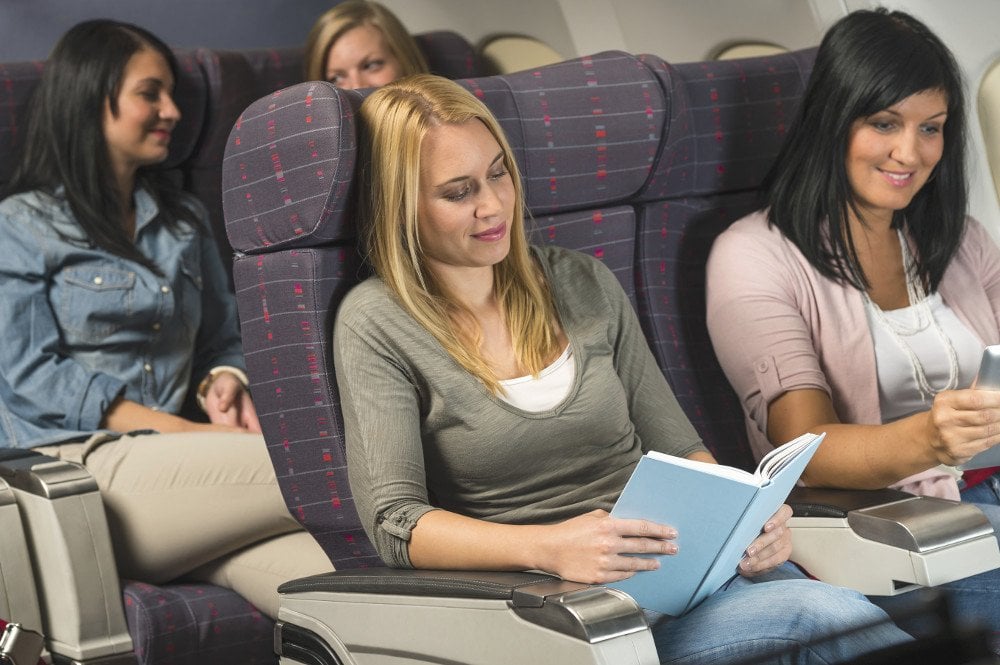
Fortunately, advancements in wireless technologies are also accelerating. Engineers are developing thinner, lighter and more cost-effective antennae to save fuel. These new developments are predicted to save gallons of fuel and lots of money. Hopefully, speeds and bandwidth requirements will also be met, allowing you to peacefully watch Titanic on Amazon Prime with the creepy, peeking stranger beside you.
References (click to expand)
- Ho Dac Tu, Tsuda, Y., Shimamoto, S., Jun Kitaori, & Kato, S. (n.d.). The Next Generation Air to Ground Communication System for Air Traffic Control. IEEE/ACES International Conference on Wireless Communications and Applied Computational Electromagnetics, 2005.. IEEE.
- How to save on inflight Wi-Fi for your next trip - The Points Guy. The Points Guy
- Ku band - Wikipedia. Wikipedia





